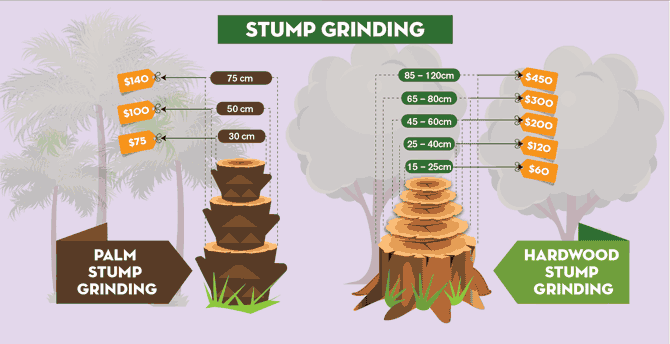Seasonal Tree Treatment: When And How To Prune For Finest Outcomes
Seasonal Tree Treatment: When And How To Prune For Finest Outcomes
Blog Article
Posted By-Tange Bennetsen
When it concerns seasonal tree cutting, timing and technique are essential for your trees' health and wellness and growth. You may be surprised at just how much an easy cut can encourage brand-new life. Understanding when to trim dormant trees versus blooming ones can make all the distinction. But it's not nearly when; it's additionally about how you do it. Allow's explore the very best practices to ensure your trees prosper.
Recognizing the very best Seasons for Tree Trimming
When's the most effective time to trim your trees? The response depends on recognizing the seasons. Late winter season to early spring is often suitable, as trees are still dormant. This timing decreases stress and anxiety and advertises healthier growth when they awaken.
However, if you're handling blooming trees, consider trimming right after their blossoms discolor. This ensures you won't cut off following year's flowers.
In summertime, light trimming can aid maintain shape and eliminate any kind of dead or infected branches. Avoid hefty trimming throughout fall, as trees are getting ready for dormancy and may battle to recover.
Eventually, recognizing your tree species and neighborhood climate will certainly direct your cutting schedule. Choose wisely, and your trees will certainly flourish beautifully year-round.
Crucial Trimming Techniques for Healthy Trees
Trimming your trees successfully is essential for their health and longevity. Start by utilizing clean, sharp tools to make accurate cuts, which assists prevent damage and illness.
Concentrate on removing dead, harmed, or going across branches initially; this urges much better air flow and sunlight infiltration. When reducing, go for an angle that promotes healing and lessens the threat of rot. Always prune simply outside the branch collar, the puffy area where the branch satisfies the trunk, to improve recuperation.
For young trees, shape them by precisely pruning to develop a solid structure. Lastly, stay clear of over-pruning; getting rid of too much foliage can stress your tree.
Common Mistakes to Stay Clear Of When Pruning
Many house owners make vital errors while pruning their trees, which can result in long-term damage.
One typical error is over-pruning, where you eliminate too many branches at once. This can worry the tree and prevent its development.
Another error is utilizing boring tools; sharp, clean devices make cleaner cuts that heal quicker.
Don't neglect to trim at the wrong season; winter is often best for lots of types, while summer is excellent for others.
Likewise, stay https://decomposing-tree-stumps84951.thenerdsblog.com/41113495/clarifying-stump-grinding-safely-clearing-up-tree-stumps-from-your-residential-property of cutting branches as well close to the trunk or leaving stubs, as both can invite pests and diseases.
Last but not least, stopping working to go back and evaluate the tree's overall form can result in unequal growth.
Maintain these mistakes in mind for healthier, thriving trees!
Conclusion
To conclude, seasonal tree cutting is critical for your trees' health and growth. By https://www.wnep.com/article/life/home-garden/home-backyard/beautiful-backyard-landscape-ideas/523-4eddd6a2-6247-4dc4-a139-fb06d17f821c at the correct times-- late winter months for inactive trees and right after blooms for flowering ranges-- you'll encourage vibrant vegetation and blooms. Bear in mind to use clean, sharp devices and comply with appropriate strategies to avoid damage. Avoid hefty pruning in the autumn and remain free from common blunders. With these suggestions in mind, you'll maintain your trees growing all the time!
